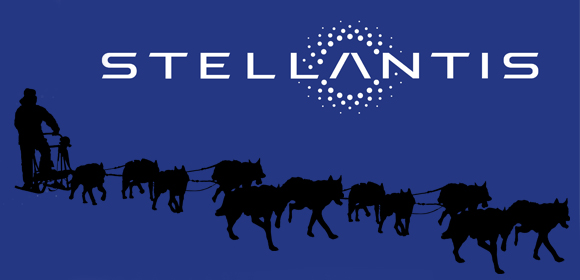Carlos Tavares says all Stellantis brands have 10 years to prove their worth.

During an Automotive News World Congress webinar today, Stellantis CEO Carlos Tavares, stated that he has no plans to axe any of the brands now under his control anytime soon. He said that they will all have a decade of support and funding to prove their ability to rebound or grow, and their products will be developed in the regions where they are sold.
“For the time being, we love them all,” Tavares said from his home in Portugal during an Automotive News World Congress webinar. “Each (brand) CEO has 10 years for which I am telling him or her that he has the funding, the ability to build his long-term business plan and plan for the different product launches and technologies to make the brand grow or rebound and create value for the company.”

Tavares previously stated his commitment to continuing all of the makes, which not only include Citroën and DS, but also; Abarth, Chrysler, Fiat, Jeep, Lancia, Maserati, Peugeot, Opel, RAM, and Vauxhall. Stellantis itself is expected to share its 10-year strategy before the end of the year, Tavares said.
He added that Stellantis employs 28,000 engineers worldwide and the diverse representation of cultures in the company is a strategic advantage. Some industry observers have suggested Stellantis may have to reduce the number of its technical centers, particularly in Europe, as it condenses parts across brands. In April, Tavares shared plans for just four electric-vehicle platforms and said that subcompact, SUV and pickup models will offer a range of 500 kilometers, compacts 700 kilometers and sedans 800 kilometers, considerably more than comparable EVs already on the road.
However Tavares said Thursday the company will continue to manage these centers, with Auburn Hills, Paris and Turin, Italy, as well as Rüsselsheim, Germany, acting as the “pillars” and smaller hubs in Shanghai and Africa serving the specific needs of products in their regions. “They also will serve as “centers for competency,” Tavares said, with each having expertise in a certain type of technology or engineering, though he did not share details on what those could be. “We will try to use this diversity of this worldwide engineering network,” he said, “to provide the best solutions to our consumers.”
This week’s comments underscore the unique visibility given to each brand’s leader to prove their worth, and with a 10 year window it affords each one about one-and-a-half to two product cycles, which should be adequate time to see if their ideas are taking hold, and more important — profitable to the company.
